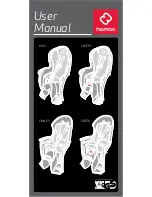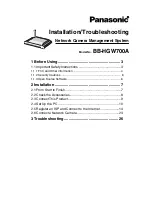
29
Wiring to operate your brakes must be sized correctly in both vehicles,
suggesting a minimum of 14 gauge from front end to brake assemblies.
Wiring is done parallel, never in series. Being parallel, there will be equal
voltage at each brake assembly for equal braking capability and
performance.
Use the foot pedal control for general operation on combined use of both
brake systems. Manual control is to be used only in special situations,
such as slow movement or icy road conditions. In open position, electrical
current will flow to brake assemblies activating them.
When applying brakes to stop trailer, begin pressing slowly to avoid quick
and sudden stops, or possible “jack-knife” when slippery or wet. Use
lower gear ranges to minimize the need of brakes during extended or
steep downgrades.
Your coach has self-adjusting brake assemblies that will correct any
looseness in operation as they will adjust in forward or backward motion
as soon as pulling begins.
Breakaway Switch
The breakaway switch is a safety part of your trailer’s electric brake
system. The very instant a breakaway occurs, the pull pin which is
attached to the tow vehicle is pulled apart from the switch. The two
contacts automatically close sending 12-volt DC power to brake
assemblies activating brakes to stop trailer. A 12-volt battery must be
installed on trailer to power breakaway switch. This system will apply the
brakes of the trailer should it become loose or detached from the tow
vehicle.
Removing plunger with power to brakes could result in
damage to brakes.
Removing plunger while in storage could result in corrosion
to unit points.
A tag may be attached to lanyard cable. DO NOT use as a
parking brake.
















































